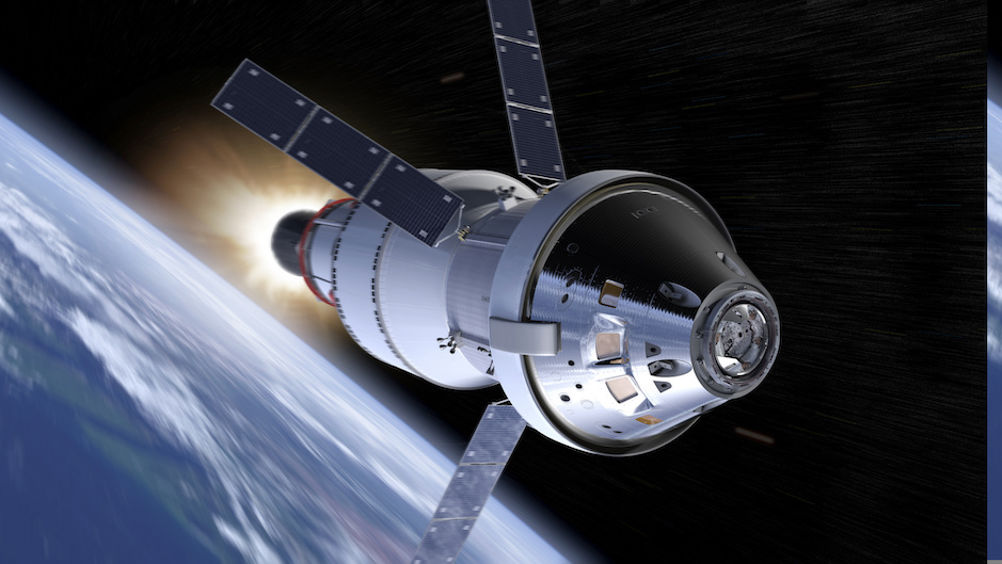The Space Launch System (SLS) rocket is set to blast off, carrying NASA’s Orion spacecraft, from Launch Complex 39B at the Kennedy Space Centre in Florida on 29th August. It will have a two-hour launch window, beginning no earlier than 8.33am EDT (13.33 BST).
Orion will travel thousands of miles beyond the Moon over the course of the 42-day mission in a milestone for the space sector, the farthest that any spacecraft designed for humans has flown so far in history.
Formerly known as Exploration Mission-1, Artemis I will be the first fully integrated test of the space exploration systems. This uncrewed flight test, once successful, aims to lay the foundation for a series of further missions with astronauts on board.
Artemis’ overall goal is to help extend human existence to the Moon and beyond, with ambitions for NASA to eventually enable human exploration of further space destinations including Mars.
Mike Sarafin, Artemis I mission manager at NASA headquarters in Washington, said: “This is a mission that truly will do what hasn’t been done and learn what isn’t known.
“It will blaze a trail that people will follow on the next Orion flight, pushing the edges of the envelope to prepare for that mission.”
The SLS and Orion arrived at the launch pad on Wednesday 17th August around 7.30am EDT following a journey of around ten hours from the Vehicle Assembly Building. NASA said that its engineering teams have since been configuring systems at the pad for launch and drawing on lessons learned from the wet dress rehearsal test campaign to refine operations.
Related content
Set to be the world’s most powerful rocket ever to launch, the SLS will produce 8.8 million pounds of thrust during liftoff, propelled by a pair of five-segment boosters and four RS-25 engines.
Designed for missions beyond low-Earth orbit, the SLS rocket will reach its greatest period of atmospheric force within 90 seconds. After separating from the core stage, the Orion spacecraft will make its orbit of Earth before travelling toward the Moon with the help of the Interim Cryogenic Propulsion Stage (ICPS). The ICPS will also deploy ten small satellites (CubeSats) which will carry out a range of experiments in space.
The European Space Agency has supplied Orion’s service module, which will provide the propulsion systems and power the spacecraft on its journey from Earth orbit to the Moon. For future missions, the European Service Module will also provide electricity, water, oxygen and nitrogen for the astronauts on board.

The number of miles travelled over the course of the mission will total around 1.3 million, before its planned splashdown on 10th October 2022 in the Pacific Ocean, near San Diego, California.
Orion will return to Earth’s atmosphere travelling at a speed of around 25,000mph (40,000 kph), producing temperatures of around 5,000°F.
Artemis II, taking humans further into space than ever before, is planned for 2024. If successful, we could see humans landing on the Moon as early as 2025 for the first time since Apollo 17 in 1972.
Have your say on this story in the comments box below











Radio wave weapon knocks out drone swarms
Probably. A radio-controlled drone cannot be completely shielded to RF, else you´d lose the ability to control it. The fibre optical cable removes...